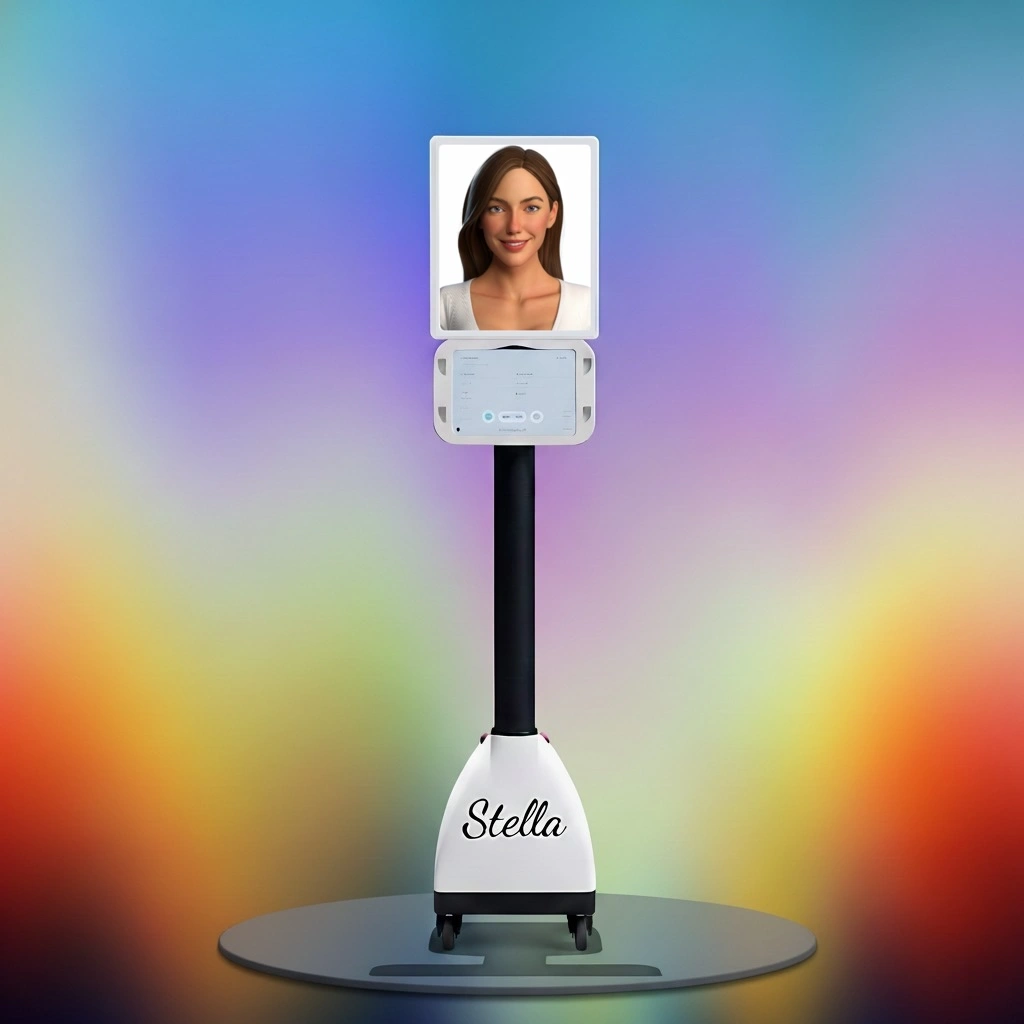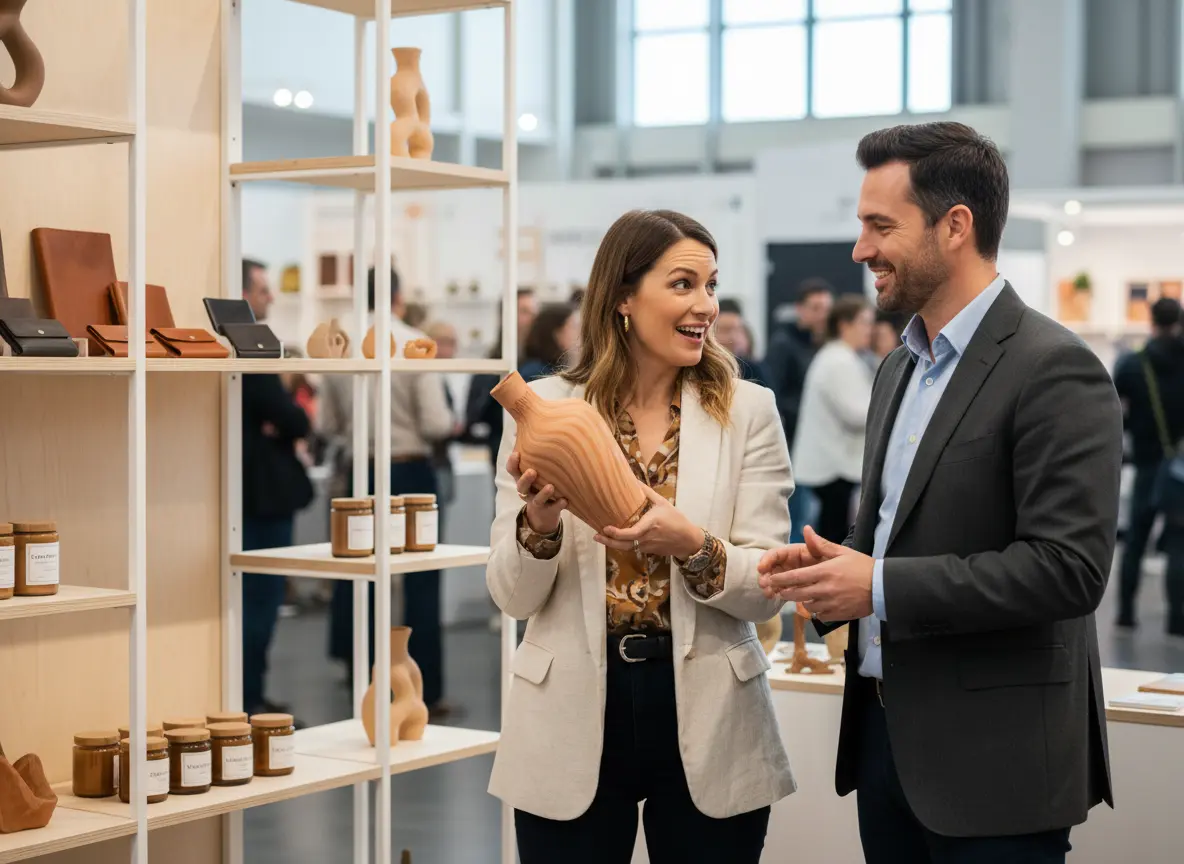The Thrill of the Hunt (For Profit)
Let’s be honest. The words “secondhand” and “consignment” used to conjure images of dusty racks, questionable smells, and that one sweater your great-aunt Mildred wore in 1987. But my, how the tables have turned. Thanks to a perfect storm of eco-consciousness, a desire for uniqueness, and a collective side-eye to fast fashion, resale is not just back—it’s booming. The global secondhand market is projected to nearly double by 2027, reaching a staggering $350 billion. That’s a lot of pre-loved denim.
For you, the savvy boutique owner, this is fantastic news. Customers are actively seeking you out. But here’s the rub: with this boom comes a new challenge. Your success no longer hinges on just getting people in the door; it hinges on what’s hanging on your racks when they arrive. An expertly curated inventory is the difference between a thriving boutique and a glorified storage unit for other people's fashion mistakes. Getting it right is a delicate dance of art, science, and the courage to say, “No, Brenda, we can’t accept your bedazzled capris from 2004.”
Mastering the Mix: It's Curation, Not Collection
Your store isn't a museum of everything that’s ever been worn. It’s a gallery, and you’re the curator. Every piece should tell a part of your store's story. If your racks are sending mixed messages, your customers will be confused, and confused customers don't buy.
Define Your Niche (and Defend It with Your Life)
Are you the go-to for minimalist, modern workwear? A treasure trove of true vintage from the 70s? The local hub for luxury handbags? You can't be all of these things at once. Trying to appeal to everyone is a surefire way to appeal to no one. Your niche is your North Star. It guides every decision you make, especially during intake.
Actionable Tip: Create a one-page "Brand Bible" for your intake process. List your core aesthetics, 5-10 "Always Yes" brands, and 5-10 "Never Ever" brands. This not only keeps you consistent but also gives you a polite, objective tool to use when explaining to a consignor why their item isn't a good fit. It’s not personal; it’s just not on-brand.
Embrace Your Inner Data Nerd
Your "gut feeling" is a valuable tool, but it's a terrible bookkeeper. Your Point of Sale (POS) system is a goldmine of objective, unbiased truth. It will tell you exactly what sells, what sits, and what you should be begging your consignors for. Stop guessing and start analyzing.
- What are your top-selling categories? (Dresses? Designer denim?)
- Which brands fly off the rack within a week?
- What sizes are you constantly selling out of?
- What’s the average price point that moves the fastest?
Answering these questions with hard data transforms your buying process from a gamble into a calculated strategy. Use this information to create a "Most Wanted" list to share with your consignors. They want their items to sell, and you’ll be giving them the blueprint for success.
Quality Control Is Your Best Friend
Let's have a frank conversation about the term "gently used." To some, it means "worn once to a wedding." To others, it means "worn to a mud-wrestling tournament, but I hosed it off." Your job is to be the discerning judge. Customers trust you to do the vetting for them. They come to a boutique for a curated, high-quality experience, not a rummage sale.
Establish a non-negotiable standard. Create a physical checklist for your intake team (or just for yourself) that covers everything:
- Check all seams, zippers, and buttons.
- Inspect for pilling, snags, or fabric wear.
- Hold items up to a bright light to spot faint stains.
- And for goodness' sake, perform the "smell test." No amount of profit is worth your store smelling like a forgotten gym bag.
From 'Just Looking' to 'Just Bought'
So you’ve curated a killer collection. Bravo! Now, how do you make sure every amazing piece gets the attention it deserves? Secondhand shopping is a treasure hunt, but even the most dedicated hunter can use a little guidance, especially when your human staff is juggling intake, steaming, and ringing up sales.
Guiding the Treasure Hunt, Automatically
Imagine every single shopper who walks in being greeted warmly and given a helpful tip. "Welcome in! Our new designer arrivals are on the circular rack to your left," or "Just so you know, all red-tagged items are an extra 25% off today." This level of engagement is crucial, but it's nearly impossible for a small team to execute consistently. That’s where technology can lend a surprisingly human touch.
An in-store assistant like Stella can be your secret weapon. Placed near the entrance, she ensures no one walks in unnoticed. Stella can be programmed to highlight exactly what you want to move: the rack of new arrivals, a "Designer of the Week" feature, or that beautiful but slightly-too-slow-moving collection of vintage scarves. She frees up your team to provide in-depth styling advice and manage the all-important back-of-house operations that keep your inventory fresh.
Keeping It Fresh: The Inventory Lifecycle
The biggest threat to a consignment shop's appeal is stagnation. If a regular customer walks in and sees the same old stuff week after week, they’ll stop becoming a regular. Your sales floor needs to feel alive, constantly evolving, and always offering the promise of a new discovery.
The Perils of a Stale Sales Floor
Inventory turnover is the lifeblood of resale. A dynamic sales floor creates a sense of urgency and excitement. Customers learn that if they see something they love, they should buy it now, because it probably won't be there next week. This isn't just about bringing in new items; it's about how you manage the items already there. Simply rearranging your store, creating new feature displays, or styling mannequins differently can make the entire space feel new and encourage customers to take a second look.
Implement a Ruthlessly Simple Markdown Strategy
Hope is not a strategy for moving aging inventory. You need a clear, consistent, and well-communicated markdown policy. This manages expectations for both customers and consignors. A typical and effective schedule might look like this:
- Days 1-30: Full Price. The item gets its moment to shine.
- Days 31-60: 25% Off. This provides a gentle nudge for interested shoppers.
- Days 61-90: 50% Off. The final push to find a home before its time is up.
This structure creates predictable sale periods that savvy shoppers will learn to anticipate. More importantly, it ensures that nothing lingers indefinitely, collecting dust and tying up valuable rack space.
When to Say Goodbye: Your End-of-Life Plan
Despite your best efforts, some items just won't sell. Clinging to them is a mistake. It clutters your store, depresses your turnover rate, and costs you money. Every item needs a firm expiration date. After the 90-day cycle (or whatever you choose), it's time to execute the end-of-life plan. Common options include:
- Return to Consignor: The most straightforward option. Give them a deadline to pick up their items.
- Donate: Partner with a local charity. This is fantastic for community goodwill and can provide a tax benefit. It also ensures the item goes to a good cause.
- Clearance Event: Host a quarterly "Last Chance" sale with rock-bottom prices to clear out a large volume of aged inventory at once.
Having this process in place prevents your backroom from becoming a sad textile graveyard and keeps your sales floor primed for profit.
A Quick Reminder About Stella
While you focus on the art of curation and the science of inventory management, an AI retail assistant can handle the front lines. A friendly face like Stella ensures every customer is engaged, informed about your unique finds, and directed toward the very items you want to sell, all while your team works their magic behind the scenes.
Conclusion: Curate, Don't Accumulate
The consignment comeback is here to stay, and the opportunity is immense. But success in this new era of retail requires a shift in mindset. You are not just a reseller; you are a tastemaker, a data analyst, and a ruthless editor. By defining your niche, leveraging data, enforcing quality, and managing your inventory’s entire lifecycle, you build a brand that people trust and a store they can't wait to visit again and again.
So, take a hard look at your racks today. Is it a thoughtfully curated collection that tells a compelling story? Or is it a chaotic closet of mismatched pieces? The answer will define your comeback story.





















